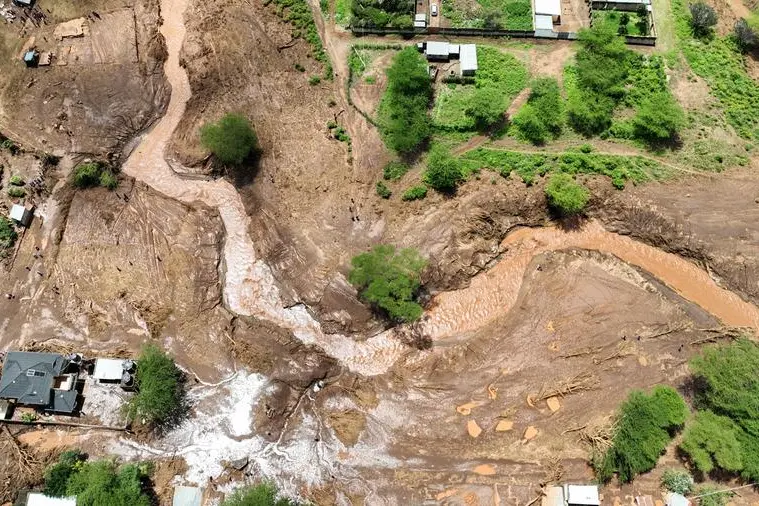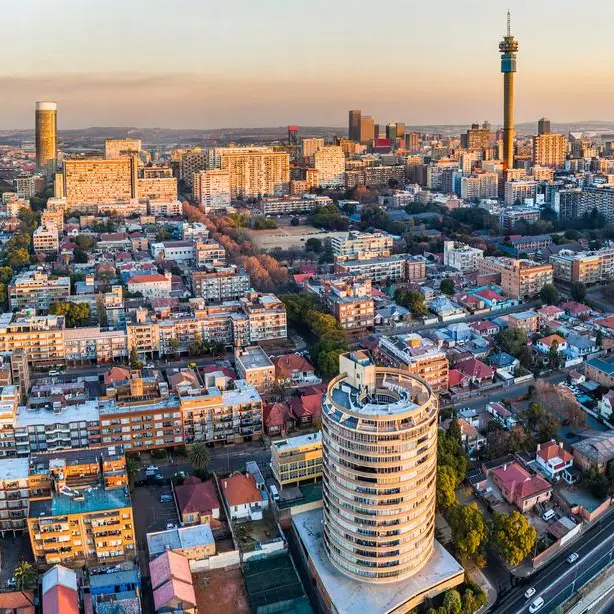PHOTO
Countries in the East Africa region are reeling from devastating floods that swept through during this March-May rain season.
The season, commonly known as the long rains season because it typically brings the region's highest annual rainfall, turned into a disaster with torrential downpours that claimed hundreds of lives, displaced thousands, and destroyed vital infrastructure and crops.
A recent study by the World Weather Attribution (WWA), an international collaboration that analyses and communicates the possible influence of climate change on extreme weather events, shows that human-induced climate change and rapid urbanisation intensified the impact of relentless rain.
The study was conducted by 13 researchers in the WWA group, including scientists from universities, research organisations and meteorological agencies in Kenya, Sweden, the Netherlands, Germany, the United Kingdom, and the United States.
To assess the influence of human-induced warming during the March-May season, scientists employed peer-reviewed methods.
Their analysis compared weather data and climate models, contrasting how these extreme events behave in today's climate— roughly 1.2 degrees Celsius of global warming – against the cooler pre-industrial era.
The pre-industrial era refers to the period before the Industrial Revolution, generally dated between 1750 and 1850 and before the widespread use of machines and fossil fuels like coal and oil for large-scale production.
Targeting the region most impacted by the floods, the study examined the maximum 30-day rainfall totals during the MAM season across southern Kenya, most of Tanzania, and the areas around Lake Tanganyika and Burundi. Scientists say these areas were impacted by a series of heavy rainfall events rather than a single heavy downpour.
The report shows that the amount of rainfall during the long rains decreased between the mid-1900s and 2008. In the last 15 years, the MAM period has become wetter again, with an increasing trend in rainfall.
The analysis projects a worrying trend: rainfall is likely to increase further as global warming intensifies. Climate models, with greater certainty compared to current conditions, overwhelmingly predict a rise in both the frequency and intensity of extreme rainfall events at 2°C of warming.
A string of unrelated reports indicates that warming to this would be moving to a long-term situation where the climate crisis would be difficult to reverse.
Dr Joyce Kimutai, Researcher at the Grantham Institute- Climate Change and the Environment, Imperial College London, said: "Historically, long rains in East Africa have been challenging to study, with weather observations showing a drying trend in the region and climate models projecting more rains with climate change.
But this has appeared to be changing in recent years, and new climate models seem to better reflect how long rains have been behaving with global warming.
"The most recent weather observations and the latest climate models are more in agreement and show that the long rains are bringing more and more rain every year and that they will become even more intense and dangerous with further warming. We must be prepared for this new reality and stop burning fossil fuels to avoid worsening what is already a dire situation."
The Intergovernmental Panel on Climate Change (IPCC) 2021 Sixth Assessment Report aligns with these findings, highlighting increased heavy rainfall projections for Eastern Africa. However, the report acknowledges significant variability between seasons and across different climate models.
This report comes on the heels of the recent weather forecast by the Kenya Meteorological Department (KMD) which shows that rainfall is expected to continue for the next two days over Highlands West, East of the Rift Valley, Nairobi, Lake Victoria Basin, and Rift Valley.
Other parts of the country that are likely to experience rainfall include parts of the Northwest and the Coastal region.
Isolated heavy rainfall is expected over the Lake Victoria Basin, Highlands West and East of the Rift Valley, Nairobi and the Rift Valley.
© Copyright 2022 Nation Media Group. All Rights Reserved. Provided by SyndiGate Media Inc. (Syndigate.info).























